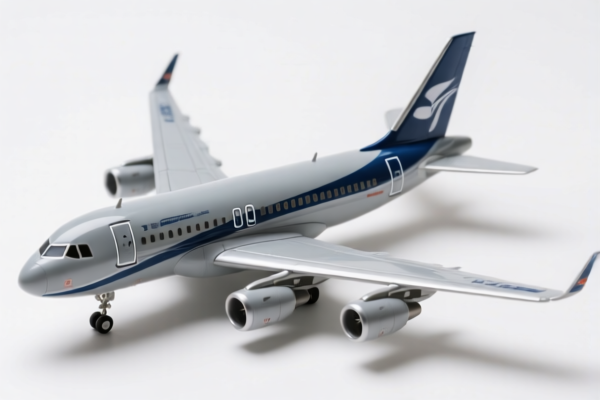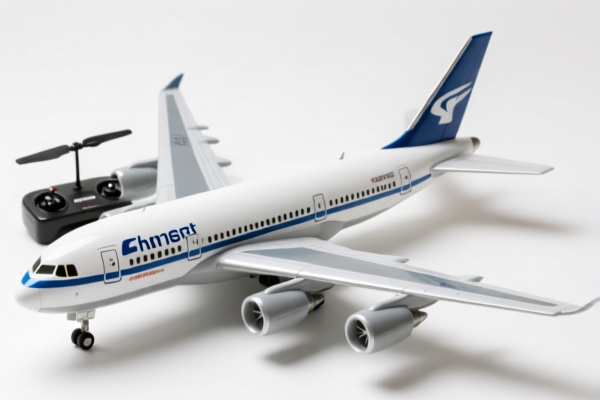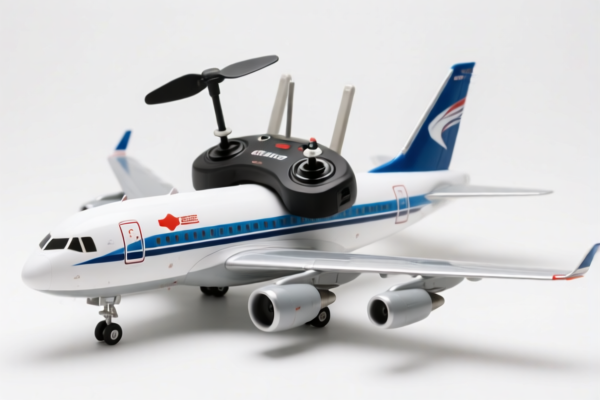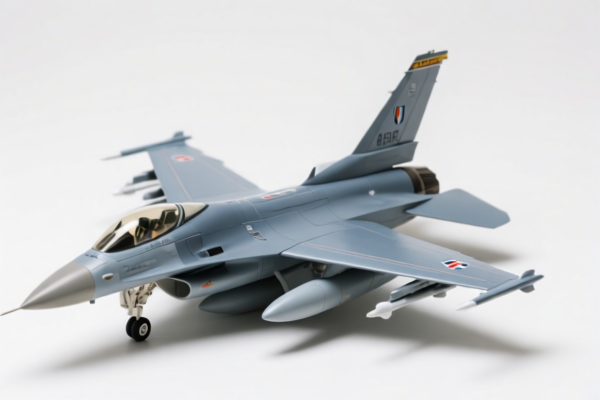| HS Code | Official Doc | Tariff Rate | Origin | Destination | Effective Date |
|---|---|---|---|---|---|
| 9503000090 | Doc | 30.0% | CN | US | 2025-05-12 |
| 9503000071 | Doc | 30.0% | CN | US | 2025-05-12 |
| 9504904000 | Doc | 30.0% | CN | US | 2025-05-12 |
| 9504500000 | Doc | 30.0% | CN | US | 2025-05-12 |
| 8526921000 | Doc | 30.0% | CN | US | 2025-05-12 |
| 8526925000 | Doc | 55.0% | CN | US | 2025-05-12 |
| 8517690000 | Doc | 55.0% | CN | US | 2025-05-12 |
| 8537109170 | Doc | 57.7% | CN | US | 2025-05-12 |
| 8537109160 | Doc | 57.7% | CN | US | 2025-05-12 |
| 8535904000 | Doc | 57.7% | CN | US | 2025-05-12 |
| 8535908060 | Doc | 57.7% | CN | US | 2025-05-12 |
| 9023000000 | Doc | 37.5% | CN | US | 2025-05-12 |




Remote Control Model
A remote control model, often referred to as an RC model, is a miniature version of a real-world vehicle or object that can be controlled from a distance using a remote control. These models are popular as hobbies, for competitive racing, and in some cases, for professional applications.
Materials
RC models are constructed from a variety of materials, chosen for strength, weight, and durability. Common materials include:
- Plastics: ABS, polycarbonate, and nylon are frequently used for bodies, chassis components, and structural parts. Polycarbonate is favored for its impact resistance.
- Metals: Aluminum alloys are common in chassis, suspension components, and drivetrain parts where strength is critical. Steel is used for gears and shafts.
- Composites: Carbon fiber is used in high-performance models for its lightweight and high strength-to-weight ratio, particularly in racing applications.
- Electronics: RC models rely heavily on electronic components including circuit boards, motors, servos, receivers, and batteries.
Purpose & Function
The primary purpose of an RC model is to replicate the functionality and often the appearance of a larger vehicle or object. Functionality is achieved through:
- Motor(s): Provide the power for movement. Electric motors are most common, but internal combustion engines (nitro engines) are used in some larger models.
- Servos: Control steering and other functions (e.g., flaps, throttle) through precise angular movements.
- Receiver: Receives signals from the remote control transmitter.
- Transmitter (Remote Control): Allows the operator to control the model’s movements and functions.
- Drivetrain: Transfers power from the motor to the wheels, tracks, or propellers.
- Control Surfaces: (Applicable to aircraft) Elevators, ailerons, and rudders control flight.
Usage Scenarios
RC models are used in a wide variety of scenarios:
- Hobby & Recreation: Casual enjoyment of driving, flying, or operating the model.
- Racing: Competitive events are held for various types of RC models, including cars, boats, and aircraft.
- Aerobatics: Aircraft models are flown in complex maneuvers for sport and competition.
- Scale Modeling: Replicating real-world vehicles or objects with a high degree of accuracy.
- Professional Applications: Used in surveying, inspections, and training (e.g., drone-based inspections of infrastructure).
- Education: Used to teach principles of engineering, physics, and mechanics.
Common Types
RC models are categorized by the type of vehicle or object they represent:
- RC Cars: The most popular type, available in various sub-categories:
- On-Road Cars: Designed for paved surfaces. (e.g., touring cars, drift cars)
- Off-Road Cars: Designed for rough terrain. (e.g., buggies, trucks, crawlers)
- Monster Trucks: Large, powerful cars designed for crushing obstacles.
- RC Aircraft: Include a wide range of designs:
- Planes: Fixed-wing aircraft, available in various configurations. (e.g., trainers, sport planes, warbirds)
- Helicopters: Rotary-wing aircraft, requiring more skill to operate.
- Drones (Quadcopter, Hexacopter, Octocopter): Multi-rotor aircraft, increasingly popular for aerial photography and videography.
- RC Boats: Include various types:
- Electric Boats: Powered by electric motors.
- Gas Boats: Powered by gasoline engines.
- Sailboats: Powered by wind.
- RC Tanks: Replicas of military tanks, often with realistic features.
- RC Trains: Replicas of locomotives and railcars.
- RC Rock Crawlers: Designed for navigating extremely rough and rocky terrain.
Remote control models can fall under several HS code classifications depending on their specific features and intended use, as detailed below.
- 9503000090: This HS code covers Tricycles, scooters, pedal cars and similar wheeled toys; dollsʼ carriages; dolls, other toys; reduced-scale (“scaleˮ) models and similar recreational models, working or not; puzzles of all kinds; parts and accessories thereof. This is applicable if the remote control model is considered a recreational model or toy. The total tax rate is 30.0%.
- 8526921000: This HS code covers Radar apparatus, radio navigational aid apparatus and radio remote control apparatus: Other: Radio remote control apparatus: Radio remote control apparatus for video game consoles. If the remote control model is specifically designed for use with video game consoles, this code applies. The total tax rate is 30.0%.
- 8526925000: This HS code covers Radar apparatus, radio navigational aid apparatus and radio remote control apparatus: Other: Radio remote control apparatus: Other. This applies to radio remote control apparatus not specifically for video game consoles. The total tax rate is 55.0% (with a 25.0%加征关税).
It is important to determine the primary function of the remote control model to select the correct HS code. If the model is primarily a toy, 9503000090 is most appropriate. If it is designed for use with a video game console, 8526921000 applies. Otherwise, 8526925000 is the relevant code.
Customer Reviews
No reviews yet.